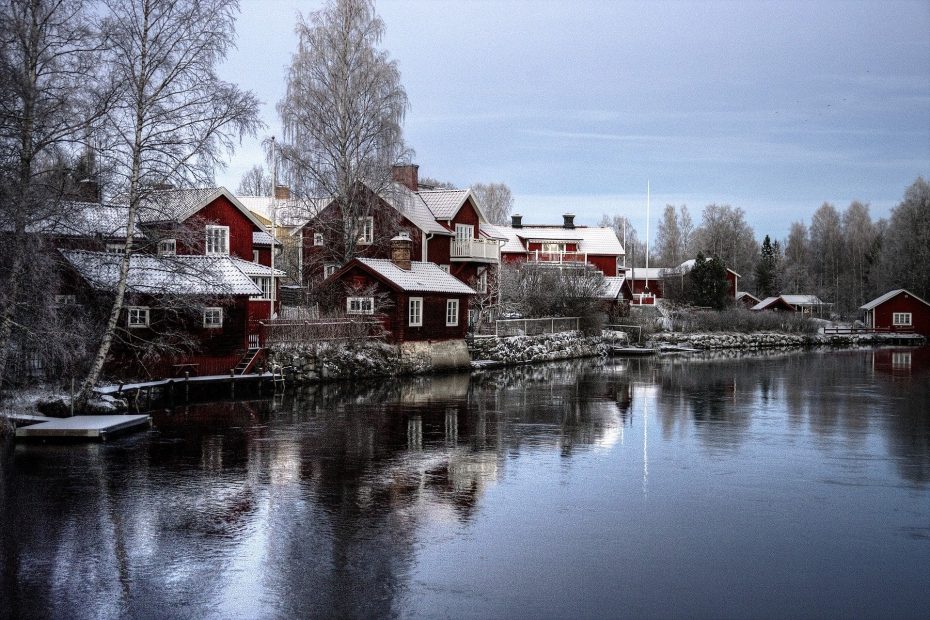Article published on 15/12/2020 and updated on 14/03/2024
Tourism activity is highly developed in France and the number of accommodation categories provided for by law is also important so that there is a regulation adapted to all types of tourist reception.
On the other hand, this quantity of different denominations of accommodation structures creates a disturbance among the creators of companies who launch out in the tourist activity.
Also, we will give below a definition of the main categories of accommodation as well as an overview of the measures taken in terms of alleviating the security conditions with respect to very small structures.
I – Definition of accomodation categories
“Petits hotels”
This category concerns establishments that can accommodate a maximum of 100 people on all levels. Staff are not taken into account in the calculation of the workforce and the rules on security obligations are lightened. The relatively heavy safety and accessibility standards were provided for by a decree of July 24th 2006.
“Très petits hotels”
The safety regulations against the risks of fire and panic in small hotels provided for by the decree of July 24th 2006 proved to be too heavy for very small structures. A new regulation was drafted on October 29th 2011 with a view to offering simpler regulations to hotels accommodating less than 20 people and whose lower floor of the highest storey is located less than 8 meters from the ground. The operators of these very small hotels are not required to comply with the requirements set out in the 2006 decree. They can, for example, install simple smoke detectors.
“Chambres d’hôtes” (Gest rooms)
The rental of a guest room necessarily includes the group supply of one night (including the supply of linens) and breakfast. Reception must be provided by the lessor, who lives on the premises.
The rooms and bathrooms must be cleaned daily at no additional cost.
The capacity is limited to 5 rooms and 15 customers at the same time. If the operator rents more than 5 rooms or accommodates more than 15 customers simultaneously, this activity corresponds either to the running of a hotel or to the rental of rooms in private homes. It is then necessary to respect the regulations of establishments open to the public (ERP) and the rules of accessibility for people with disabilities.
It is possible to provide an additional service called “table d’hôtes”. The table d’hôtes is not a restaurant, it is a service that comes in addition to the accommodation, reserved only for the occupants of the guest rooms. The meal must be taken at the family table. It must consist of a single menu.
“Meublés de tourisme”
The “Meublés de tourisme” is a villa, an apartment, a “gîte” or a furnished studio, for the exclusive use of the tenant, offered for rent to a passing clientele who makes a stay characterized by a day rental, weekly or monthly, and who does not take up residence there (Tourism Code-Art D324-1). Like hotels, they are classified by the number of stars increasing according to their comfort fixed by a decree.
The “Meublé de tourisme” is seasonal, that is to say that the lessor must not rent to the same person for a period exceeding 90 days or 12 consecutive weeks.
Classified accommodation must be for the exclusive use of the tenant, without passage of the owner or other tenants, throughout the stay.
The “Meublé de tourisme classé” is defined as follow: “To obtain the classification of a furnished tourist accommodation, you must make a request to the accredited or approved assessing body of your choice (appearing on the lists on the “Atout France” website) using form No. 11819* 03”.
The assessing body visits the accommodation. In the month following this visit, he will give you a visit certificate including the inspection report as well as the proposed decision to classify the furnished accommodation for the category mentioned in the inspection report.
The classification varies from 1 to 5 stars depending on comfort elements such as the surface area of the various rooms, the general layout and the various equipment (electrical, communication, wifi, television, stereo, comfort equipment).
II – A brief overview of security and accessibility conditions
“Petits hotels”
Since 2011, small hotels must meet certain standards and are in principle, co-checked every year.
This concerns:
a) Regular maintenance and checks of installations, in particular automatic doors, electricity, heating and air conditioning, elevators, cooking appliances, extinguishers and fire safety systems, etc.
All technical installations must be checked by a competent technician every 2 years, with the exception of electrical installations and fire detection systems, which must be checked annually.
b) Safety instructions, signage and displays in each room and in the entrance hall.
c) Staff training: Staff must participate twice a year in instruction and training sessions, receive information on fire hazards. He must also receive very precise instructions in order to limit the action of the fire and ensure the evacuation of the public.
d) Surveillance: The on-call service must be provided in a room equipped with either a warning sign or an alarm report. The staff present can move away from it while remaining in the establishment, if they have an alarm transmission to an autonomous alarm receiver.
e) Safety equipment:
- With the exception of the sanitary facilities, all rooms must be equipped with 1/2 hour flame arresters fitted with a door closer or E30-C;
- The use of network gas or liquefied hydrocarbons is only authorized in the rooms if the distribution is collective;
- Automatic fire detectors, appropriate to the risks, must be installed in areas at particular risk (boiler room, kitchen, storage, laundry, etc.);
- The stairs must be protected as soon as the establishment has more than one floor on the ground floor;
- Two stairs minimum are required for hotels accommodating more than 50 people and having more than one floor on the ground floor, except if the rooms are accessible by the fire brigade ladders and these floors accommodate less than 50 people;
- For hotels with only one floor on the ground floor, the staircase may not be protected provided that all rooms are accessible to the fire brigade ladders.
f) Alarm system: The electrical cables used for the alarm system must be independent of other electrical conduits, be away from other electrical devices and not pass through rooms at particular risk or be protected by fire walls of degree 1 hour.
Reduction of security obligations enjoyed by “Très petits hotels”
These establishments benefit from special provisions:
- They are exempt from the enclosure of the stairs;
- Fire-rated door sets must be generalized;
- The establishment must be equipped with a category A fire safety system. Automatic fire detection must be installed in horizontal circulation areas where they exist and in all premises, with the exception of bathrooms. However, when the director of the establishment favors the enclosure of the staircase(s) leading to the rooms, the automatic fire detection remains limited to common horizontal circulation and / or private spaces;
- They are exempt from the installation of autonomous housing blocks (BAEH).
Accessibility for disabled people in hotels
All hotels are considered as establishments open to the public (ERP) and therefore subject to the regulations in force concerning accessibility.
“Chambres d’hôtes” (Guest rooms)
- The standards to be observed
- The regulatory minimum surface area of each room must be 9 m² (excluding toilets), with a ceiling height of at least 2.20 m;
- Each room must give access (directly or indirectly) to a bathroom and a toilet and be in compliance with regulations on hygiene, safety and sanitation;
- The rooms and bathrooms must be cleaned daily, at no additional cost;
- The price is free but the operator is however subject to certain obligations in terms of price display.
Each accommodation, whether it is in an individual dwelling or in a collective dwelling, is equipped with at least one standardized smoke detector. Article R129-13 of the construction code specifies: “The responsibility for the installation and maintenance of the standardized smoke detector referred to in R129-12 lies with the occupant of the accommodation.” However, it lies with the owner for seasonal accommodation…
The operator must of course also take out an insurance contract covering this activity.
- Safety and access for people with disabilities
No rule of access to disabled people is required as long as the accommodation capacity (limited to 5 rooms and 15 people at the same time) is not exceeded.
If this is exceeded, the operator of the guest room must comply with the regulations for hotels and establishments open to the public as well as the regulations in force on accessibility for people with disabilities.
“Meublés de tourisme”
There are no specific regulations for this type of accommodation. Housing must meet the minimum standards set by Decree No. 2002-120 of 30 January 2002 relating to the characteristics of decent housing.
As in any home, the premises must be equipped with at least one standardized smoke detector.
In addition, it is of course necessary that the home insurance covers the seasonal rental.
There is no capacity limit. However, buildings or premises used as accommodation which can accommodate more than 15 people are to be considered as establishments open to the public (ERP) and become subject to the regulations concerning accessibility and prevention of fire risks.
We are at your disposal to answer your requests: contact us!



